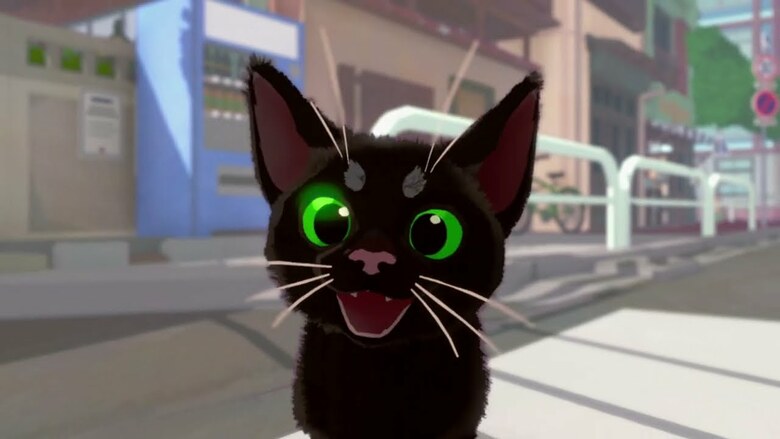Little Kitty, Big City dev on ditching realism for appeal
Cat got your tongue?
Little Kitty, Big City is all about being a cat, exploring a city, and causing all kinds of mischief along the way. It’s an alluring gameplay idea in and of itself, but how do you crank up player connection to gameplay? You make your cat irresistibly cute, of course!
In a dev blog from Little Kitty, Big City animator Micah Breitweiser, we learn how the team’s original plan of going for realistic cat features and animations ended up making things a bit too rigid. It’s when the team decided to be a bit more playful in their designs and animations and less realistic that they found the sweet spot of a cat too fun to ignore.
Little Kitty, Big City was already shaping up to be a game about intrinsic rewards, where objectives included things like hopping inside cardboard boxes and knocking glass jars off of shelves: tactilely engaging, iconic cat behaviors. The animation wasn’t uplifting these gameplay objectives. It was lacking that sense of delight. I started thinking about how to make movement itself a special experience. What if jumping in a box or crawling in a hole was so appealing that you wanted to do it again, just to watch a cat move? Easier said than done, as “appealing,” though a lovely idea, is a woefully inadequate creative goalpost. I needed specifics. What about the way cats move appeals to people? And how can we best portray those aspects in the game? If you were a cat, what would be the best part?
We needed a livelier kitty, and one way to do that was to dial up the anthropomorphism. Matt suggested I give Kitty the ability to make facial expressions. …This setup was limited. On fancier rigs, you can select part of the face and move it however you want, whereas we could only turn a shape on and off. But this restriction was ultimately helpful. It limited Kitty’s anthropomorphic capability to basic expressions: happiness, sadness, surprise, and anger. It created the unspoken rule that Kitty doesn’t do complex emotions and it helped me find the sweet spot for personifying our kitty. It wasn’t realistic, but making human faces gave Kitty a sense of internality. Kitty now had thoughts, and would be reacting to the world around them, which fostered the sense of discovery we wanted players to feel. Still, to be authentically cat-like, Kitty’s body would have to be much more expressive.
As we honed in on some of our favorite cat behaviors to include in the game, some funny, some clumsy, some graceful, I looked for ways to make them more special. Personally, my favorite thing about cats has always been their fluidity. That was a unifying principle that felt iconically cat-like to me. I figured that no matter what Kitty would be doing, clumsy or otherwise, I’d make each shape fluid from nose to tail.
Breitweiser has a lot more to say on figuring out the right animations for Kitty, and you can read all about them in the full dev blog.

Comments (0)